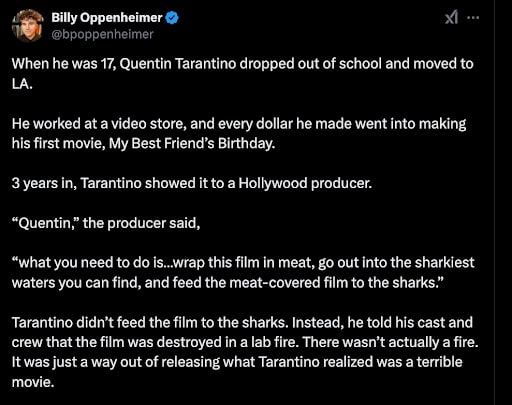Would Data Have Helped Scale Powell Shipping?
Ever heard of the business Powell Shipping? Probably not, and that’s fair. It was my first start-up, and we were just a team of two, operating two years prior to when I relocated to the U.S. Our parcel courier service offered e-commerce shipping from our U.S. warehouse delivered directly to our customers in Jamaica.
We bootstrapped the company using personal savings, attracting nearly 50 customers in our first month. I built an automated custom shipping database using Google Sheets and Google Apps Script, that generated user IDs, sent welcome emails, and provided customers with status updates.
Designing the system took two weeks; debugging it? Another week. But once it worked, it simplified most of our operations process. Still, simplicity doesn’t equal scalability.
We knew we could grow, but didn’t know how to scale. So looking back, what might have helped? You guessed it: data!
The Power of Data
“Even a small key can open a large door.” – Charles Dickens
Leveraging data more intentionally would have opened doors we didn’t even know were there.
Solid market insights could have helped identify high cashflow opportunities to maximize our revenue and eventually secure potential funding. Many start-ups did just that after the 2007 financial crisis—using data to spot opportunities to scale, moving faster than the competition to establish early market dominance. Perhaps we could have done that too!
A Playbook from N26
Consider N26, the German fintech startup founded in 2013 which spotted what traditional banks overlooked—data showing customers shifting away from physical branches in favor of the digital banking experience.
Responding quickly, N26 seized the opportunity, offering a superior digital experience to traditional banking customers. Starting from their $2 million seed round, N26 now serves close to 8 million customers, with a valuation over $8 billion USD.
Which makes me wonder—how far could Powell Shipping have gone, acting on similar data-driven insights?
The Relaunch
Let’s say Powell Shipping relaunched today using a data-driven approach. The first challenge we'd encounter is finding relevant Jamaican parcel courier market data. I have only found one data point thus far: a rumored (2020) $53.5 million USD market valuation.
However, the broader logistics market offers more accessible data and greater opportunities. The global logistics market is valued at $10 trillion USD and is projected to exceed $15 trillion USD by 2027, while Jamaica's logistics sector—currently valued at $200 million USD—displays similar growth potential.
Pivoting into the larger logistics market will — however — be more challenging, requiring significant upfront capital investments—additional office and warehousing space, shipping containers, vehicles, and more. To successfully enter this industry, I'd need more than just a few Google Apps Scripts!
Would The Return Justify The Investment?
We’ve all heard the statistic: "90% of startups fail in their first year." In reality, this figure is closer to 35%—but still the risk is real.
Here’s where the opportunity lies: Jamaica's logistics industry is riddled with pain points, including high costs and bottleneck delays. Retailers, healthcare providers, and manufacturers are just a few of the industries that rely on logistics—and they are all eager for better solutions.
With faster, cheaper, and more reliable deliveries, Powell Shipping could disrupt the market. We might even re-engage our prior customers with affiliated business or partner discounts, creating a small but strong referral pipeline to expand our rebranding.
So no—maybe we didn’t scale Powell Shipping back then.
But now, with the right data and insights, we wouldn’t just grow—we’d eat the market alive.








